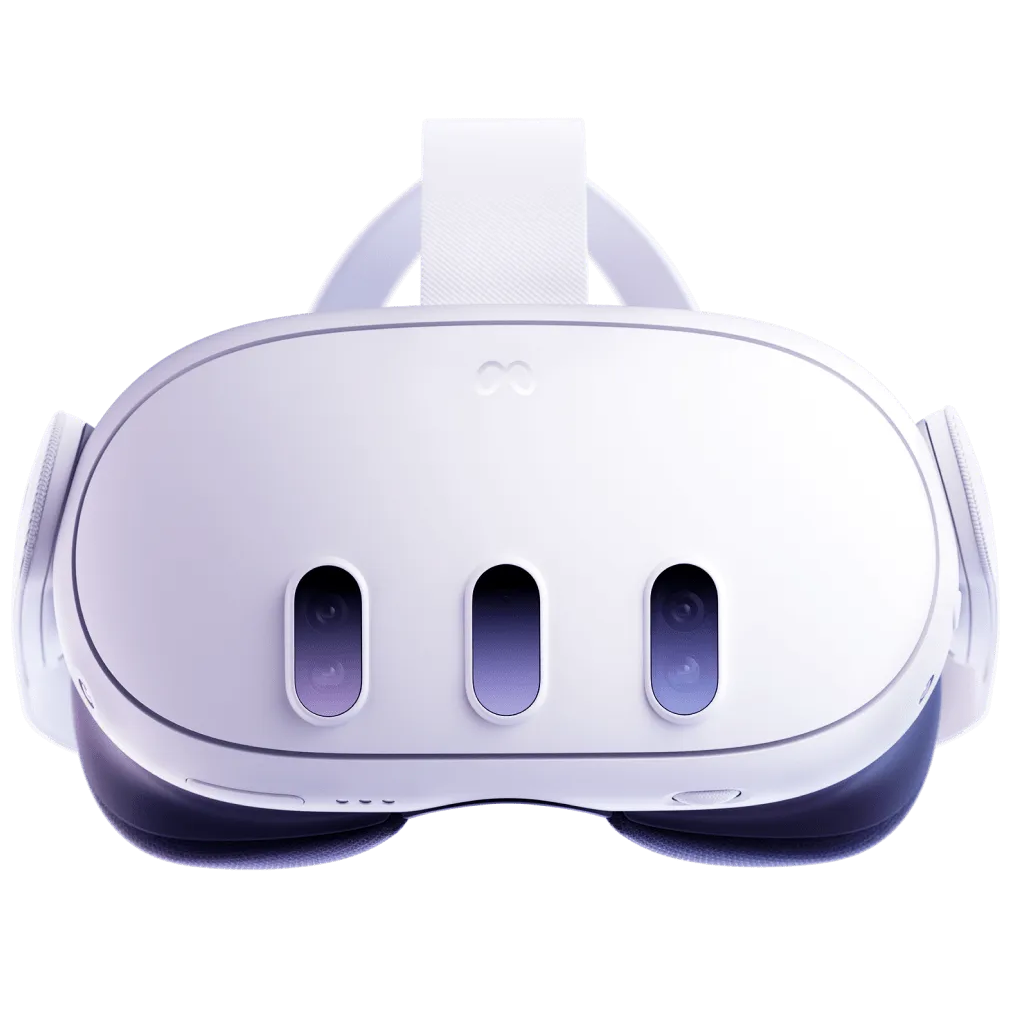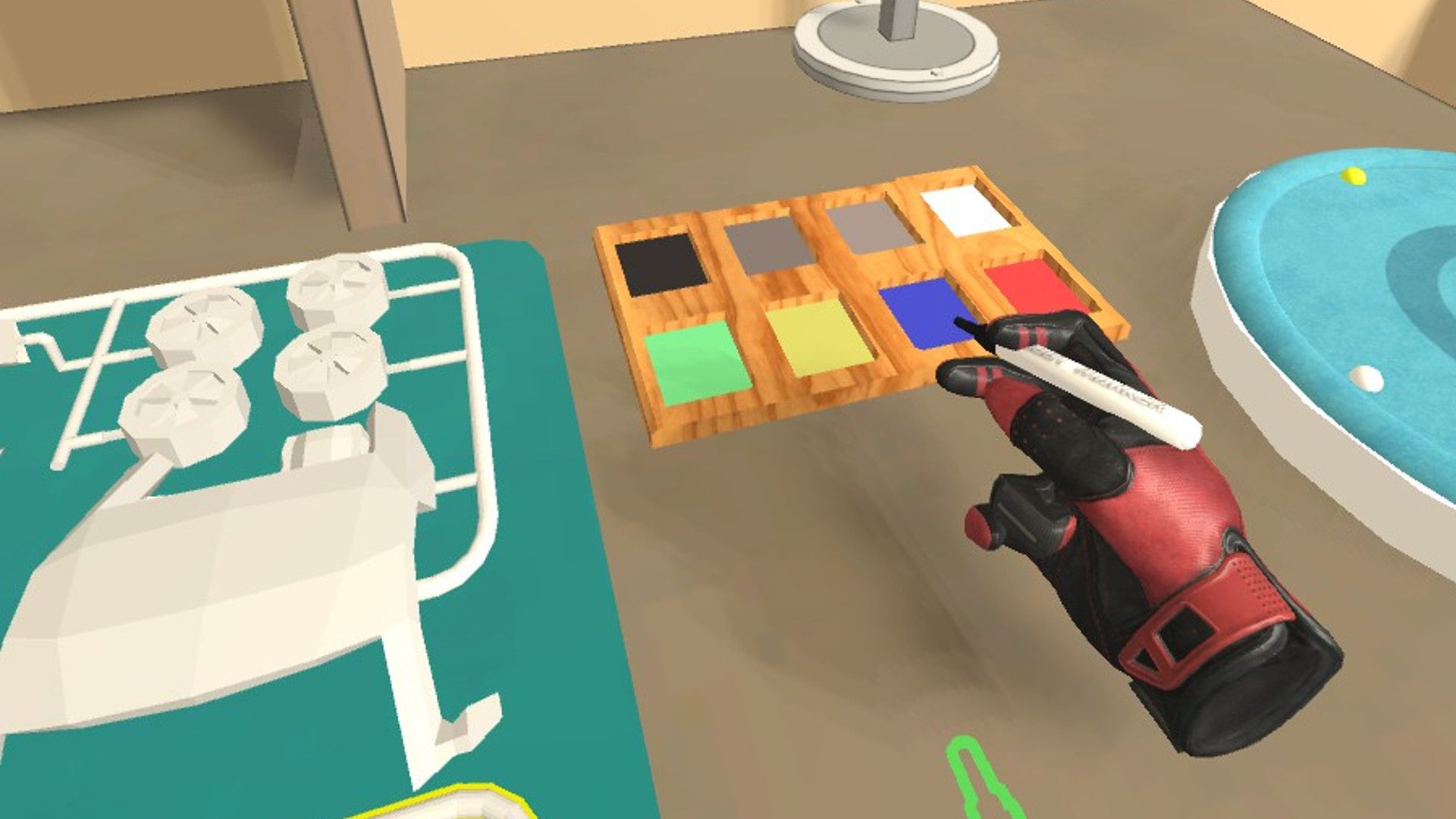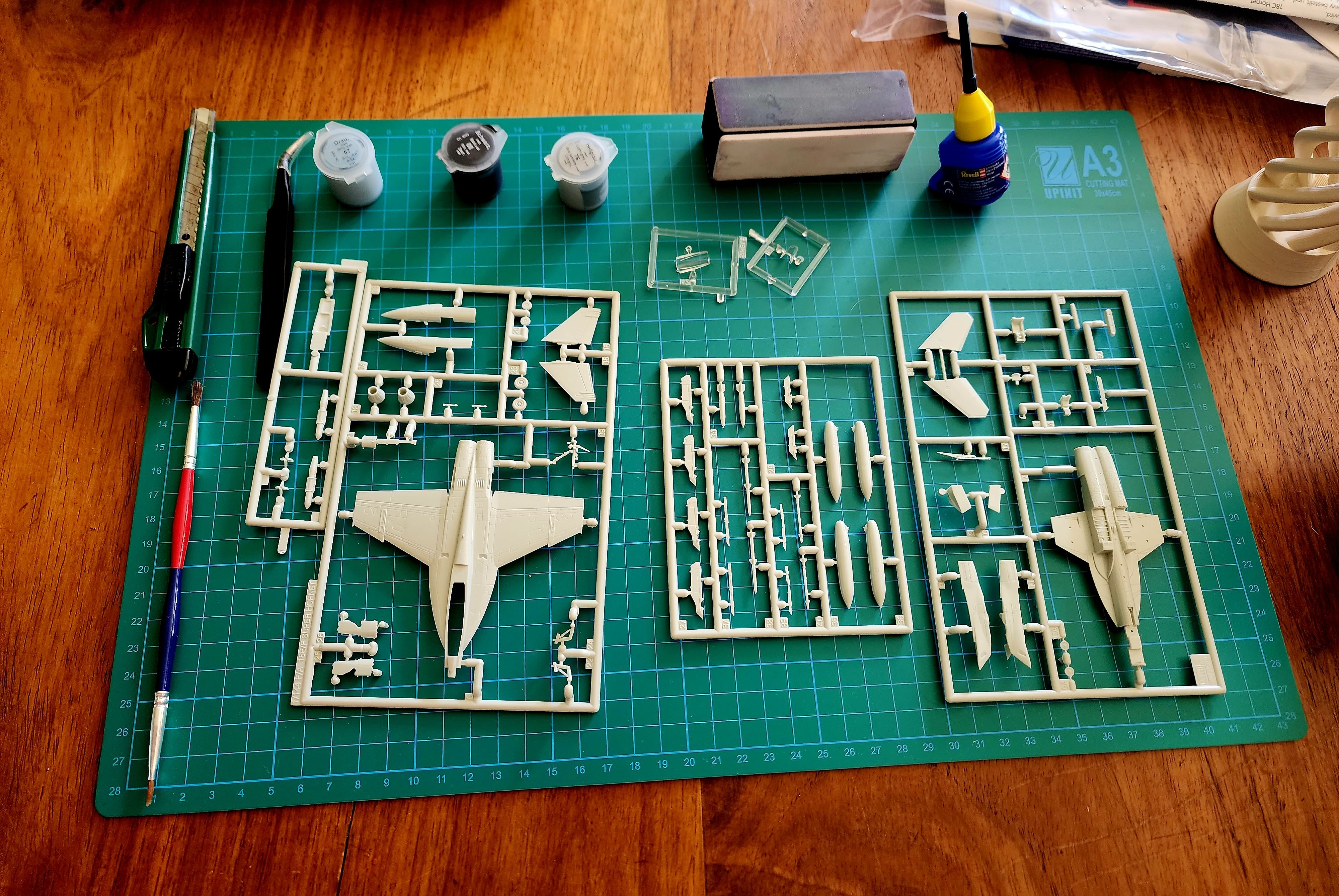Key Takeaways
- Virtual model kit sim software allows for part assembly, gluing, and painting akin to real-life kits.
- Model simulators lack the granularity needed to develop the skills required for physical model kit building.
- Despite limitations, VR technology and mixed reality capabilities could enhance model building experiences in the future.
I’ve recently made the terrible decision to try yet another hobby, and in this case, its plastic model kits. In my search for a good way to get started, I stumbled across some virtual model kit software, but does this even make sense?
Model Kit Sims Are in the Works
While it’s not a genre that’s blowing up or anything, you can buy apps like Model Kit Simulator VR right now, and as of this writing there are upcoming titles like Modelist. Which promises to bring the hobby of plastic model kit building to the virtual world.
You can cut your parts from sprues, glue them together, and then paint them. Just like in real life! Well, maybe not exactly the same.
The Skill of Modeling Is Absent
As I’m being brutally made aware of, it takes a lot of skill and learning to put together a plastic model kit. I’ve watched a heap of YouTube tutorials and bought a few cheap kits that I can sacrifice on the road to actually making a model I’d like to display in my office.
These “simulator” apps sadly don’t have a level of granularity to them where you’d actually develop any skills that would make you better at making model kits. It’s a neat idea, but I’m having a hard time seeing what the actual utility is here.
Of course, this might just be a cozy game situation where it’s just a chill way to kill time. That’s perfectly fine, but I wonder if it’s even possible with current technology to create a model kit simulator to the degree where you’d pick up any transferable skills.
There’s No Model To Display at the End
My biggest gripe with these simulators is that you don’t have a physical model to display at the end of the whole process. While the actual process of model building is fun and relaxing (or terrifying and nerve-wracking in my case), half the point is that you have a nice model to show off at the end of your labors.
The best you could do here is to hand your headset to someone else to take a look at your models, or to have them in some sort of shared augmented or virtual reality space.
VR technology is also quite limited at present when it comes to detail, and one of the great joys of plastic models is that there can be infinite detail in them. Not so for digital representation.
I don’t want to knock these projects, because they are indeed interesting and cool, but it occurs to me that VR and AR technology could be used in conjunction with physical model building to make it better.

Meta Quest 3
The Meta Quest 3 improves on the Meta Quest 2 in every way, while adding brand-new mixed reality capabilities thanks to advanced full color external cameras.
It Could Be Good One Day
One good example could be software that lets you plan out how you’d like to paint a model. Perhaps taking photos of your unpainted model, and then using AI or photogrammetry to digitize it, letting you do a virtual paint job.
Also, consider the augmented reality capabilities of modern headsets like the Quest 3 and Quest 3S. I can conceive of a model kit app for the Quest 3 that guides you or lets you simulate parts of your physical model kit build before you actually do it for real.
For now, these VR model kit apps seem like a cool idea that no one asked for, but I’m still curious to see how their developers pivot them into something successful.






